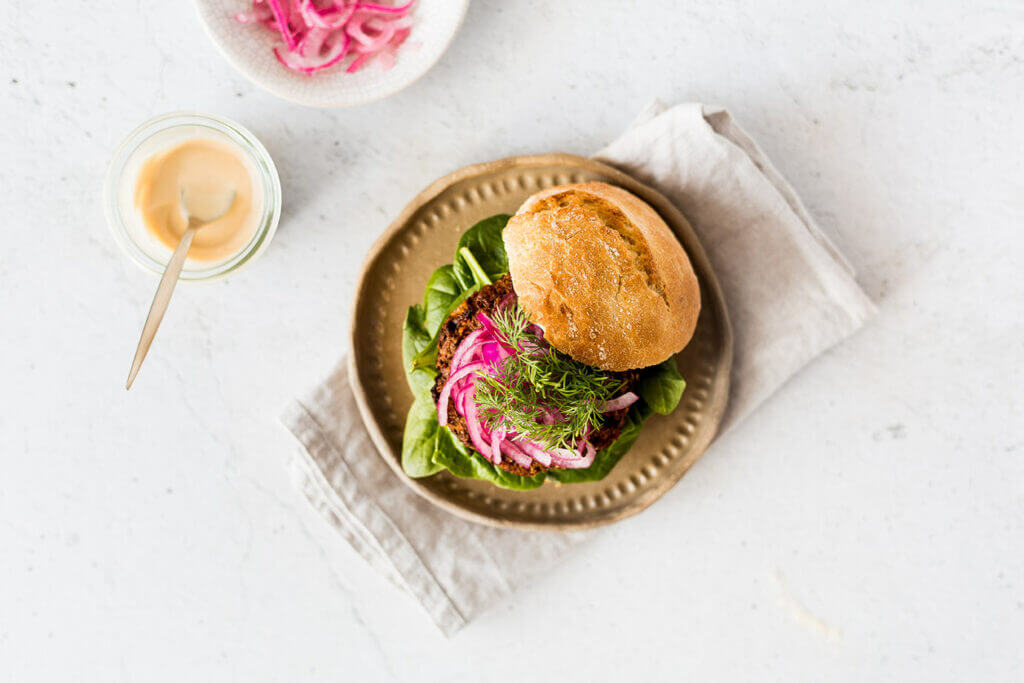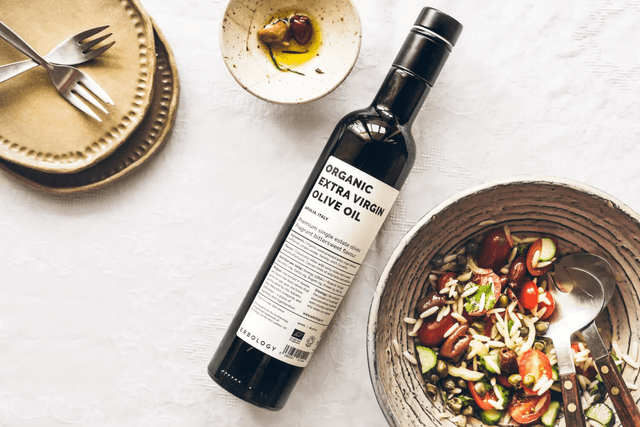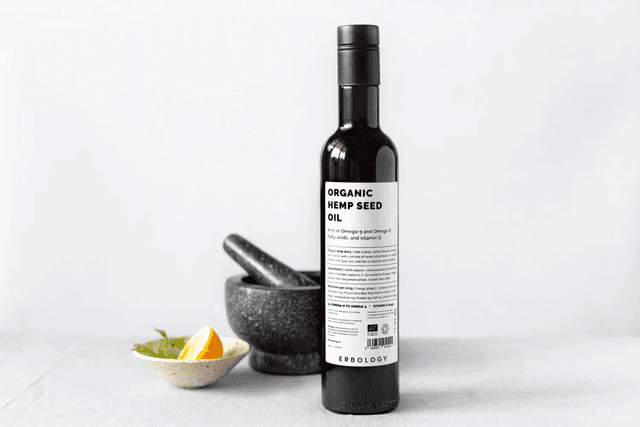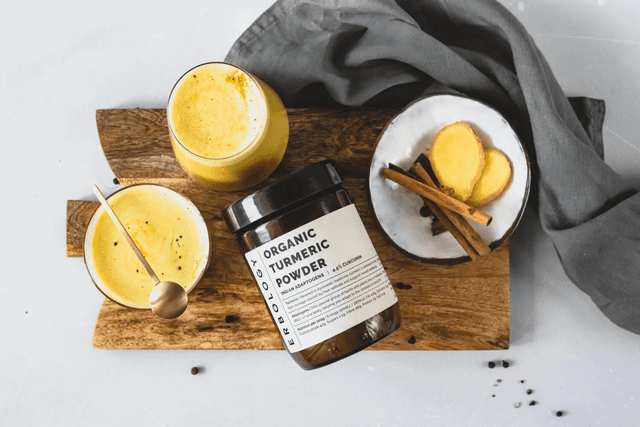21 Sep 2021
How to make vegan mayo
What is mayonnaise?
Before we get into our recipes, we first need to understand what it is we’re trying to replicate.
Traditional mayonnaise is a smooth and creamy condiment made of a combination of egg yolks, oil, and either lemon juice or vinegar.
It’s pretty ubiquitous in the Western world as a binding agent in sandwich fillings (tuna mayo, egg mayo, and so on into eternity). However it’s also the base for a lot of other recipes. Aioli is a sauce made from mayonnaise mixed with garlic and herbs. Sriracha mayo is a popular topping for poke and sushi bowls.
In short, it’s everywhere - and we vegans shouldn’t miss out on it!
Where does mayonnaise come from?
This is a contentious question, as both Spain and France lay claim to inventing this classic condiment.(1)
The legend goes that the sauce was invented by a French chef accompanying the Duke of Richelieu to Menorca, in the Balearics. The Duke and his forces had just captured the island in a battle during the Seven Years’ War. Wanting to create the sort of unctuous creamy sauce befitting such an occasion, the Duke’s chef set off in search of cream. Unsuccessful in finding any, he came up with a sauce made with eggs and oil.
Where was he? The port of Mahón; home of the newly christened ‘mahonnaise’.
However, whether the chef came up with it himself or whether he learned it from the islanders is hotly disputed. In an inflammatory step, later French chefs suggested that the name had been a misunderstanding. Really, it should be ‘bayonnaise’, as it surely must have come from Bayonne in France…
Whoever invented it, mayonnaise is a firm fixture in our hearts and on our plates. So, how can vegans stay true to their diet without missing out on everyone’s favourite sauce, dip and dressing?
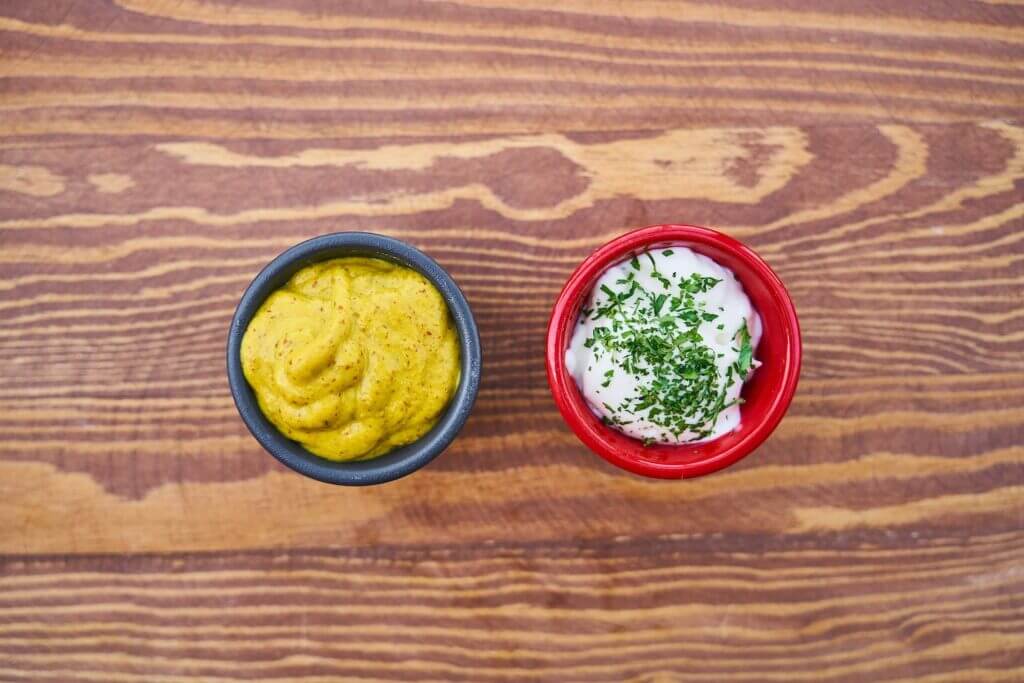
Molecular mayonnaise
To understand the chemical wizardry that allows us to make vegan mayo, we should start off by explaining how the original version works.
The texture of traditional mayonnaise comes down to the combination of eggs and oil. But wait: eggs are mostly water (as are vinegar and lemon juice). Famously, oil and water don’t mix!
More specifically, if you mix oil and water together, they separate. Why? They contain polar molecules.
Water molecules have a positive charge at one end and a negative charge at the other. That means they stick together, just like little magnets.
Now, say you introduce another polar molecule, such as salt. No problem; the water molecules still have a charge to stick to, and it’s easy to make a mixture of the two of them. (How salt dissolves in water is a different story which we won’t get into here!)
However, oil molecules are non-polar. They don’t have an overall positive or negative charge for water to stick to. So, the water molecules would much rather stick to each other, thanks very much.
This means they pack tightly together and push the oil molecules up to the top of the mixture.
If you give the container a good shake, you will see that the oil and water do mix together briefly before separating again. The short-lived mixture is called an emulsion. Mayonnaise is also an emulsion, but somehow the oil and water stays together…
The need for an emulsifier
An ingredient which allows water and oil to stay in an emulsion is called, unsurprisingly, an ‘emulsifier’. Egg yolks naturally contain a very good one, called lecithin.
Lecithin has one end which loves to be in water (hydrophilic) and one end which loves to be in oil (lipophilic).
Mayonnaise is an oil-in-water (o/w) emulsion, which means that little droplets of oil are suspended in the watery components of the sauce. (It’s also possible to have a w/o emulsion, where water is suspended in oil).(2)
Put very simply, lecithin wraps itself around the oil droplets and stops them from clumping together. This keeps small drops of oil floating in the mixture as opposed to rising to the top in a separate layer.
So, taking the egg out of our mixture leaves us with a problem. How are we going to emulsify our water and oil?
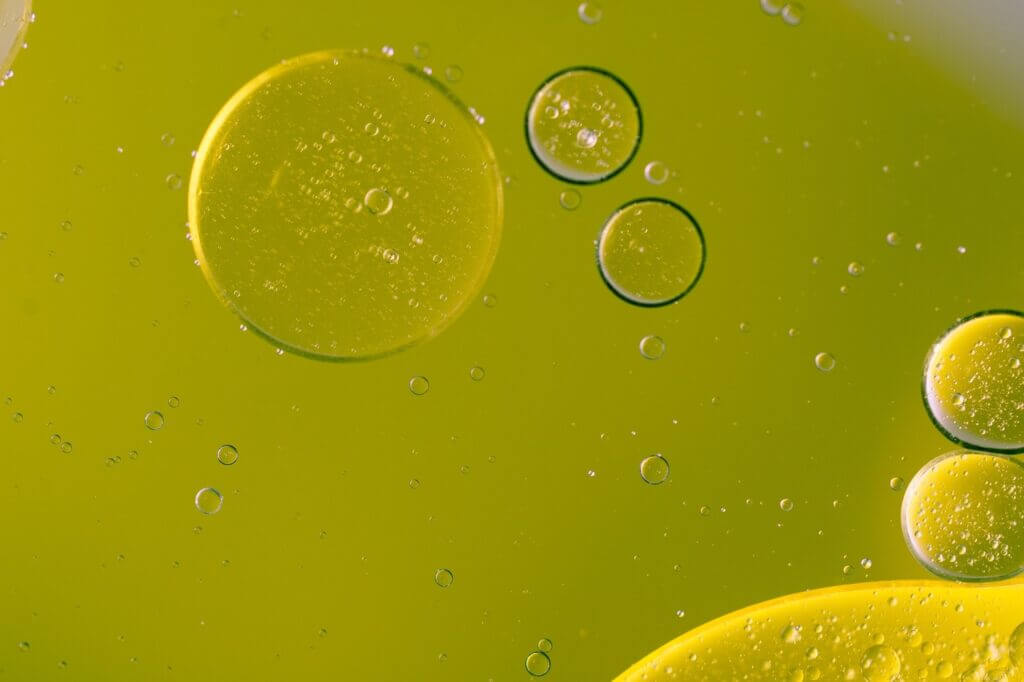
What goes into commercial vegan mayo?
Commercial vegan mayo manufacturers have come up with a number of fascinating ways to emulsify oil and water into a tasty condiment.
However, some of the ingredients they’ve chosen are artificial additions. A quick scan of supermarket labels reveals modified maize starch as a popular choice. This is made by processing starch from corn in various ways.
Sometimes, it simply involves extracting and roasting the starch, but it can also mean treating it with acid, zapping it with electricity, or treating it with sodium hydroxide or potassium hydroxide.(3)
Not quite so yummy. Unfortunately, you’ll never know which method has been used to make the modified starch in your mayo.
The good news is that you can make your own, with no ‘modified’ ingredients required.
Related reading
